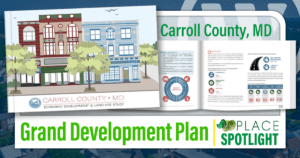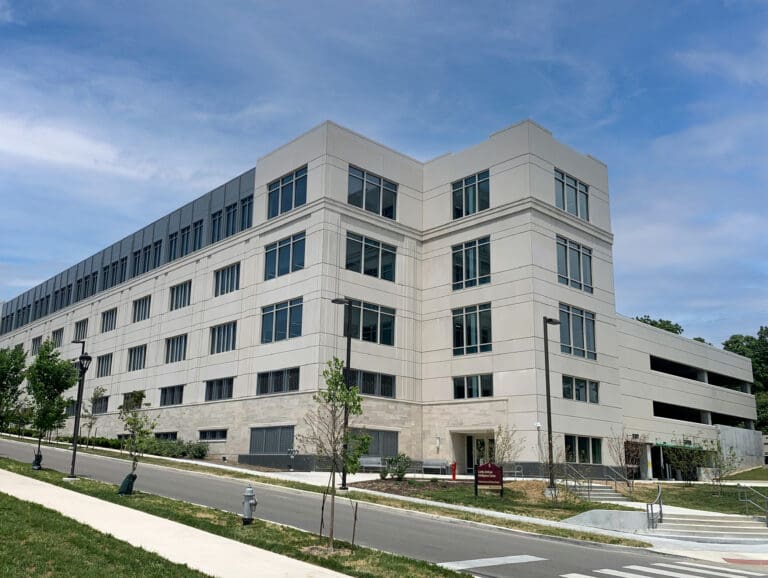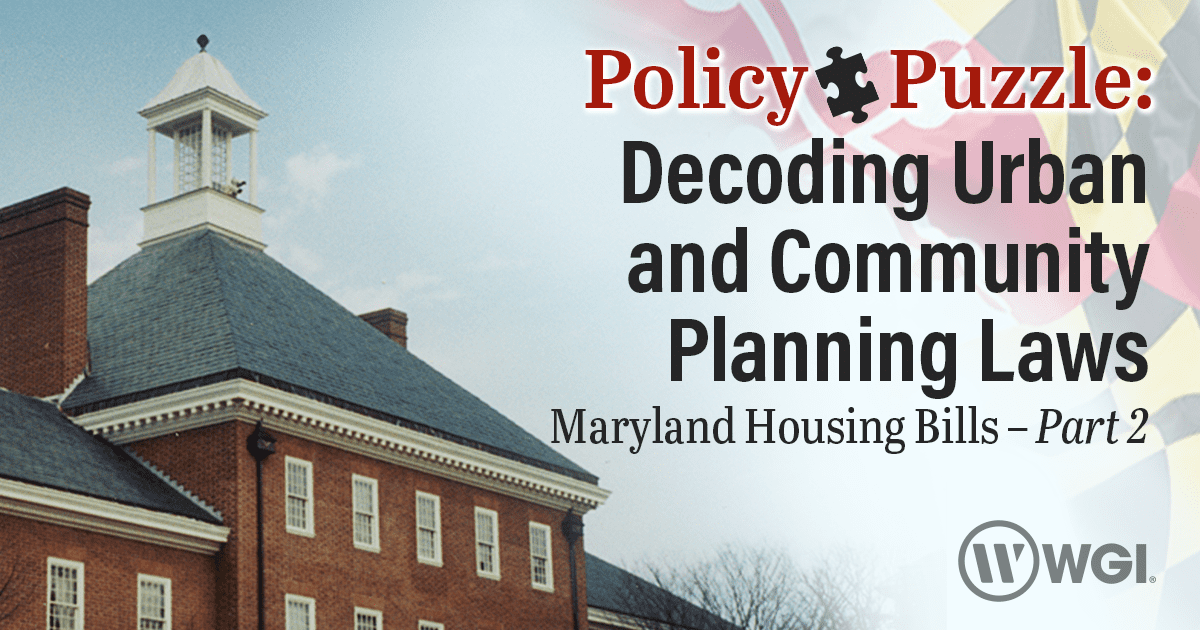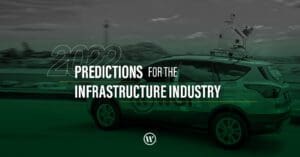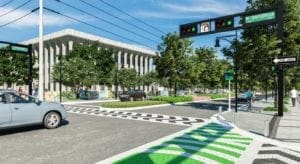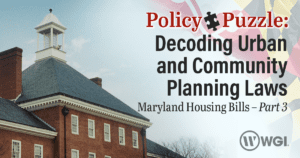According to our basic analysis, there are approximately 80,000 potential parcels within ¾ of a mile of each of the 97 identified Maryland passenger rail stations. These are spread across nine counties.
It is less easy to quantify the extent of eligible properties in categories two and three, therefore, determination would likely be interpreted by localities on a case-by-case basis. Land or property with improvements owned by a non-profit is difficult to identify statewide and information regarding the ownership status of property would be determined from tax records.
“Property Formerly Owned by the State” is defined in the bill as required to (1) consist of more than one building, (2) include at least 1 building that was built more than 50 years before the date of application for the project, and (3) be appropriate for redevelopment as determined by the Secretary of Housing and Community Development.
The third category targets specific public redevelopment projects and will likely be less common.
What does this look like in practice?
Let us consider a hypothetical scenario to illustrate the practical implications of the Maryland Housing Expansion and Affordability Act.
Imagine a developer aiming to construct a small multifamily building with ground-floor retail on a plot of land bordering two counties and located approximately a half-mile from a train station.
Under the existing zoning code, the plot could accommodate seven housing units and no commercial uses, potentially restricting the economic feasibility of development. In this case, the Maryland Housing Expansion and Affordability Act provides a 30% density bonus and allows mixed-uses. With the Act in place, the plot could accommodate a development with two additional housing units, as long as one of those is affordable to households earning 60% or less of the area median income (less than $67,000 for a family of four), and commercial space.
Under this Act, a developer now has the opportunity to build more housing units on the same plot of land, likely increasing the economic viability of the project while also ensuring that mixed-use and affordable housing options are provided to the community that otherwise would not have been feasible. Furthermore, the Act expedites and simplifies the approval process, meaning a developer can start construction sooner, accelerating the availability of housing in the community.
While this example may seem modest, small-scale projects are typically more feasible in the short term due to the limited and atypical lots available for development or redevelopment. These same standards still apply to larger plots and those located in higher-density or non-residential zoning districts. When applied across the state, these incremental changes help to unlock untapped potential and can lead to more housing units overall, more affordable units, and a greater diversity of housing types.
Contact Our Team
For more information on Maryland’s Housing Expansion and Affordability Act or expert support in planning your next urban and community planning project, Contact Our Team!
